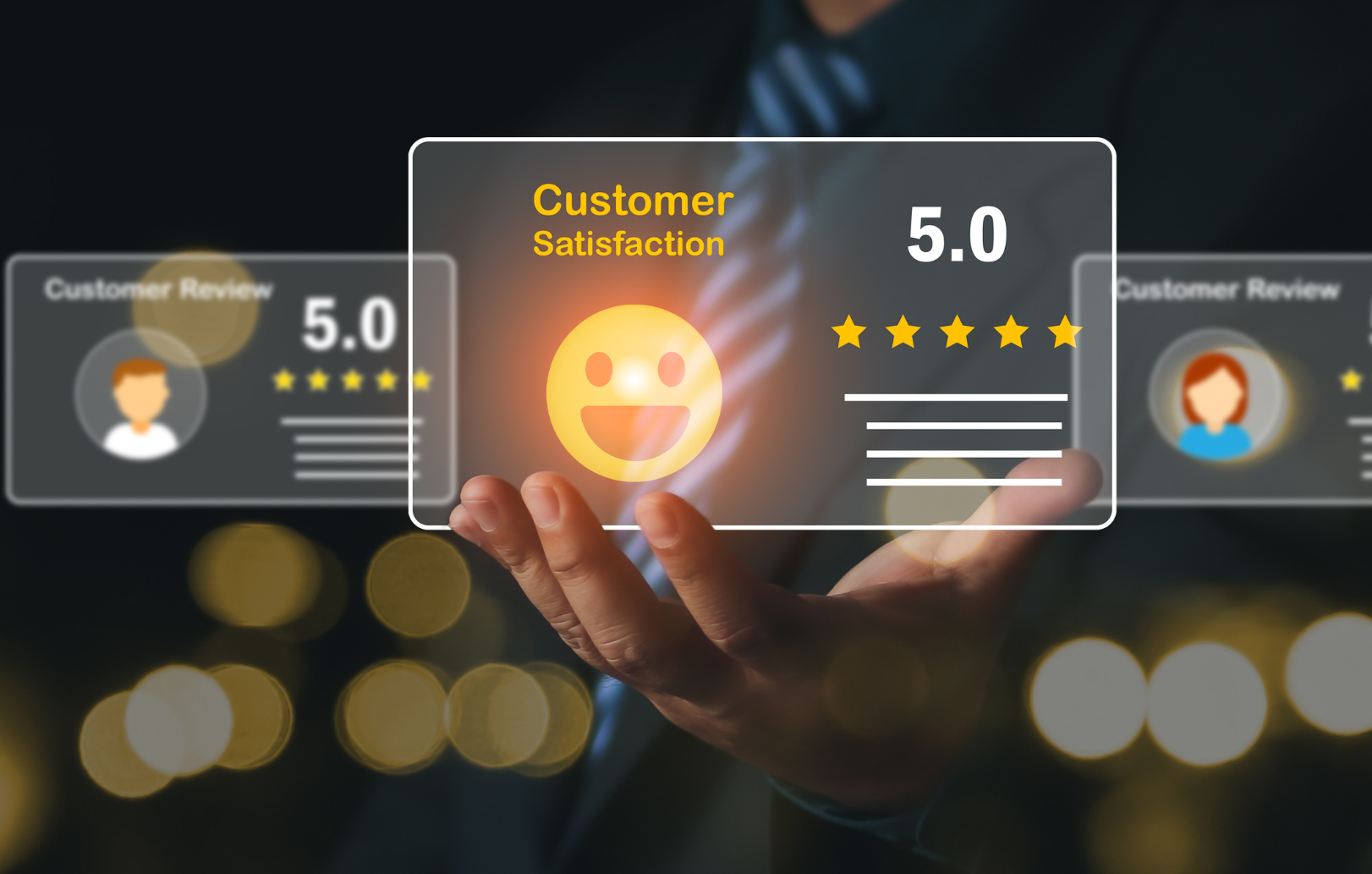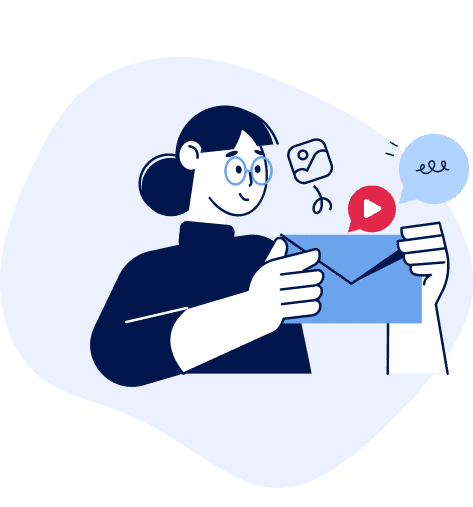If you run a business today, your reputation is one of your most powerful assets. Customers trust reviews more than ads, more than your website, and sometimes even more than personal recommendations.
But here’s the challenge:
You can’t control what people say, but you can control the system that encourages better reviews, filters negative feedback, and strengthens your online presence.
Most business owners believe reputation management is simply “getting more reviews.” But the truth is far more strategic. Successful businesses create a feedback loop that protects their reputation, grows customer trust, and drives more website traffic, all without begging for reviews or hoping for the best.
And that’s exactly the kind of system every business needs today.
The Real Problem With Online Reviews
You could deliver an amazing experience 99% of the time, yet it only takes one unhappy customer to overshadow dozens of positive interactions.
Research shows that:
A frustrated customer is five times more likely to leave a negative review than a happy customer is to leave a positive one.
This means relying on “happy customers doing the right thing” is not a strategy; it’s a gamble.
The businesses that win aren’t just delivering great service; they’re managing the entire customer feedback cycle. They’re:
- Capturing concerns before they go public
- Encouraging positive reviews in the right places
- Displaying reviews directly on their website to boost trust
- Turning feedback into SEO visibility and more traffic
This is how reputation becomes a growth engine, not a risk.
Why Reputation Management Is More Than Asking for Reviews
Your online reputation affects far more than your star rating. It impacts:
- How high your business ranks in Google
- How quickly customers trust your brand
- Conversion rates on your website
- Whether someone chooses you… or your competitor
But here’s the catch:
Most review tools only encourage customers to leave a review, and that’s it. No filtering. No opportunity to resolve issues. No SEO benefit.
What business owners actually need is a smarter way to capture feedback, protect their reputation, and increase visibility all at once.
The Smarter Way to Build a 5-Star Reputation
Before you ever send a customer to Google Reviews, Yelp, or a public platform, you should know exactly how they feel.
Modern reputation management requires a system that:
- Invites customers to share their experience
- Identifies unhappy customers privately
- Gives you a chance to fix the issue
- Routes satisfied customers to leave reviews publicly
- Posts your best reviews directly to your website
- Helps Google index them for SEO gains
This gives your business control, clarity, and consistency, three things every business owner needs to stay ahead.
Meet g!Reviews™ – Where Powerful Reputation Management Begins
g!Reviews™ is a customer feedback loop designed to do what no other tool can:
Turn private feedback into better service and public feedback into more reviews and higher rankings.
It works because it fixes the biggest flaw in traditional review processes:
Most tools send every customer straight to a public review page, whether they’re happy or not.
g!Reviews™ takes a different approach.
Here’s how it gives you an unfair advantage:
1. We Install It Directly on Your Website
Your branded Rating Page becomes the starting point for every customer interaction.
2. You Simply Invite Customers With a Link or QR Code
Whether in-store, online, or after service, customers go straight to your Rating Page.
3. Customers Rate Their Experience
A simple rating system that tells you everything you need to know.
4. Low Ratings Trigger a Private Feedback Opportunity
Instead of heading to Google to leave a bad review, they land on a
“How can we do better?” page.
You get the chance to respond, resolve, and retain that customer.
5. High Ratings Lead to Public Reviews
Happy customers are directed to your Google Reviews or your g!Reviews™ page.
These positive reviews are then pushed directly to your website.
6. Your Website Displays Only Your Best Reviews
With filters and SEO-ready schema, your reviews become a powerful ranking asset.
The SEO Advantage Most Business Owners Don’t Know About
Every review captured through g!Reviews™ gets added to your website, and Google indexes those pages.
This gives you:
- More keyword-rich content
- More trust signals
- Improved visibility in local searches
- A competitive edge your rivals can’t match
Reviews aren’t just for credibility, they help you rank.
A Reputation System Backed by Expert Support
With g!Reviews™, you get more than software.
You get a dedicated team that:
- Integrates and maintains your review pages
- Keeps your on-page META data and schema optimized
- Monitors activity and sends weekly and monthly reports
- Ensures the system runs smoothly, securely, and consistently
When it comes to rating, reviews, and reputation, no one has a product like g!Reviews™.
The Future of Business Growth Starts With Customer Feedback
If you want to protect your reputation, increase reviews, and strengthen your online presence, you need a system built for today’s customer expectations.
Your next review doesn’t have to be a surprise.
Your next negative review doesn’t have to go public.
Your next positive review can do more than make you look good, it can help you rank.
g!Reviews™ turns reputation into a strategic advantage.
Start your subscription today and put the power of intelligent reputation management to work for your business.








